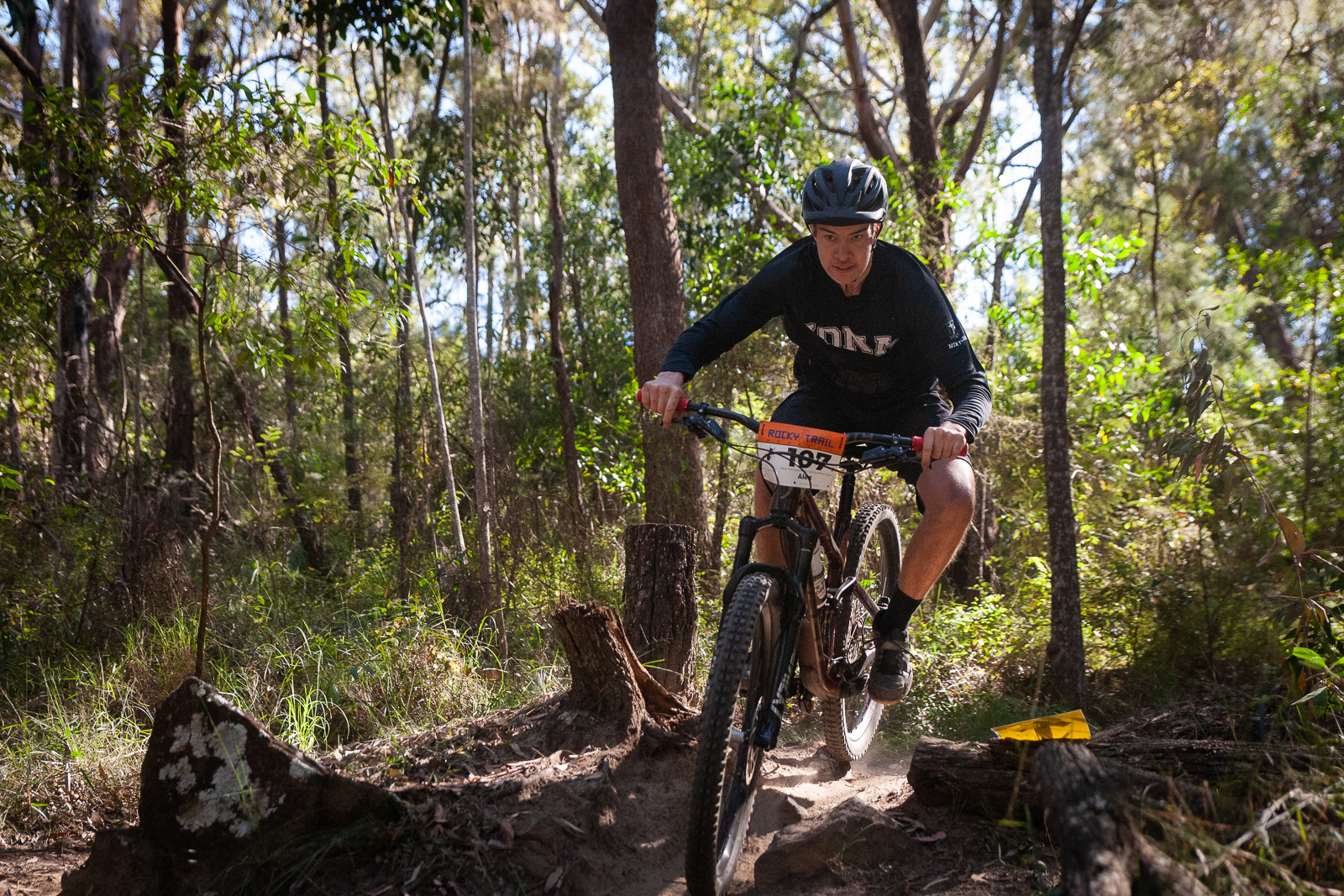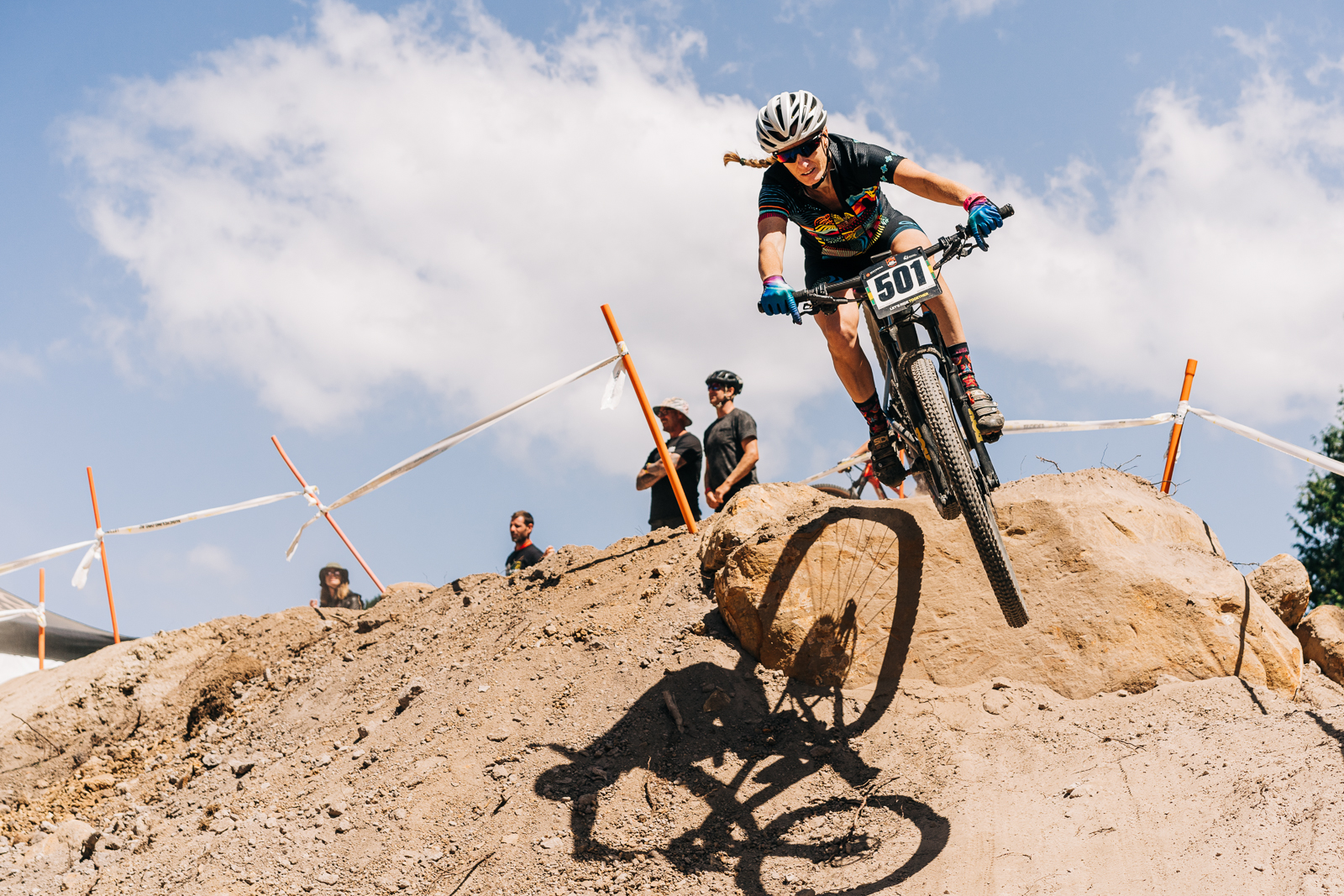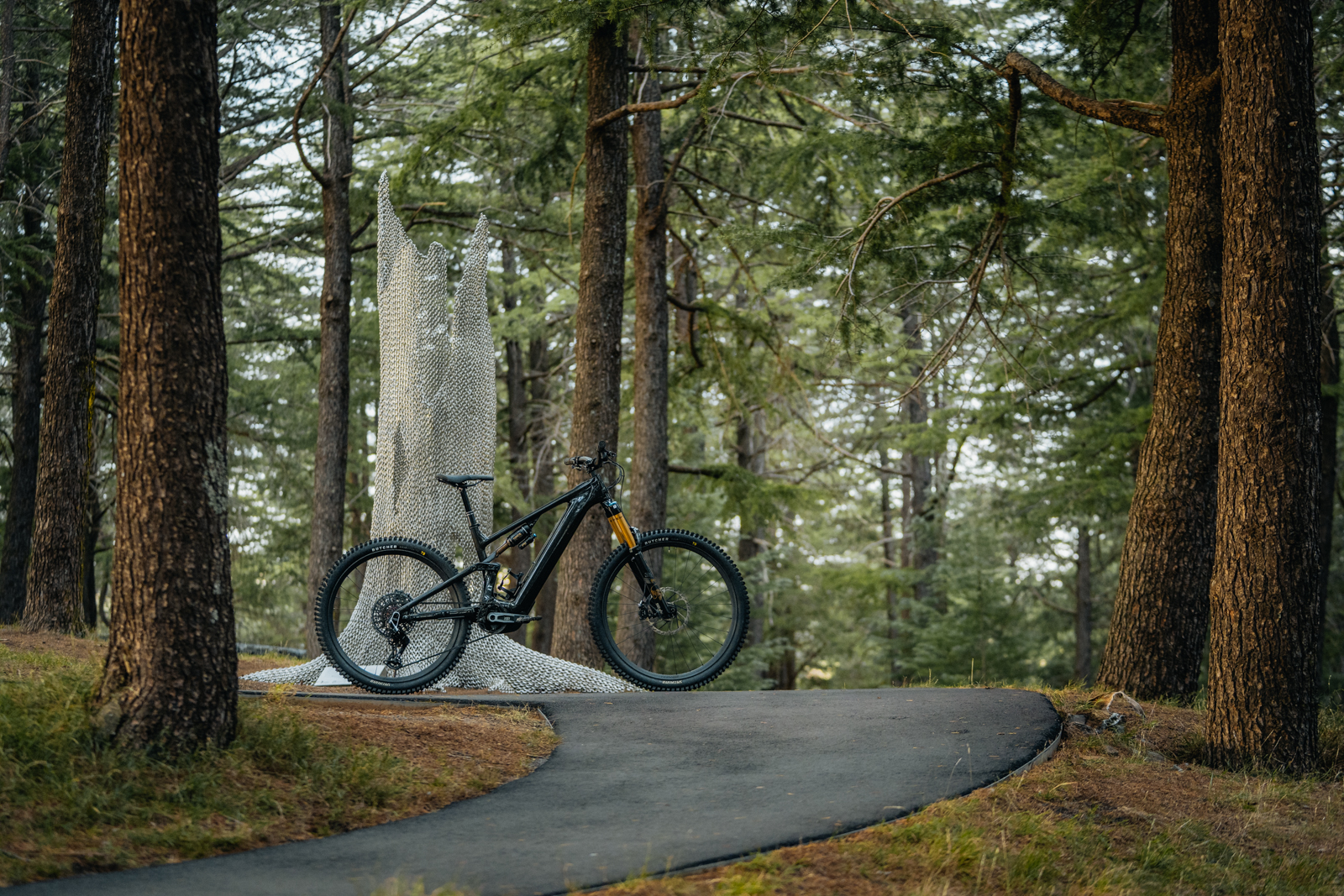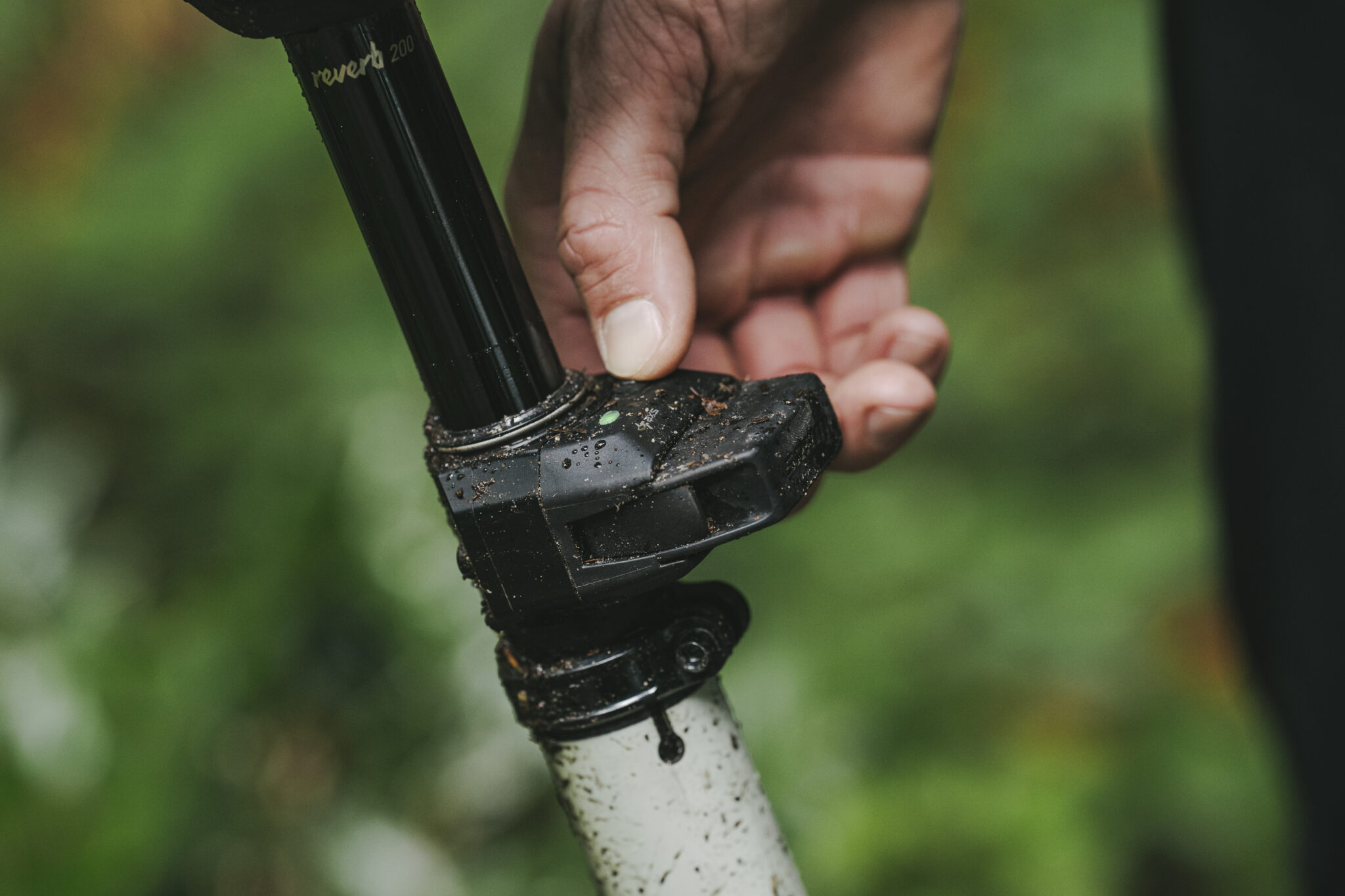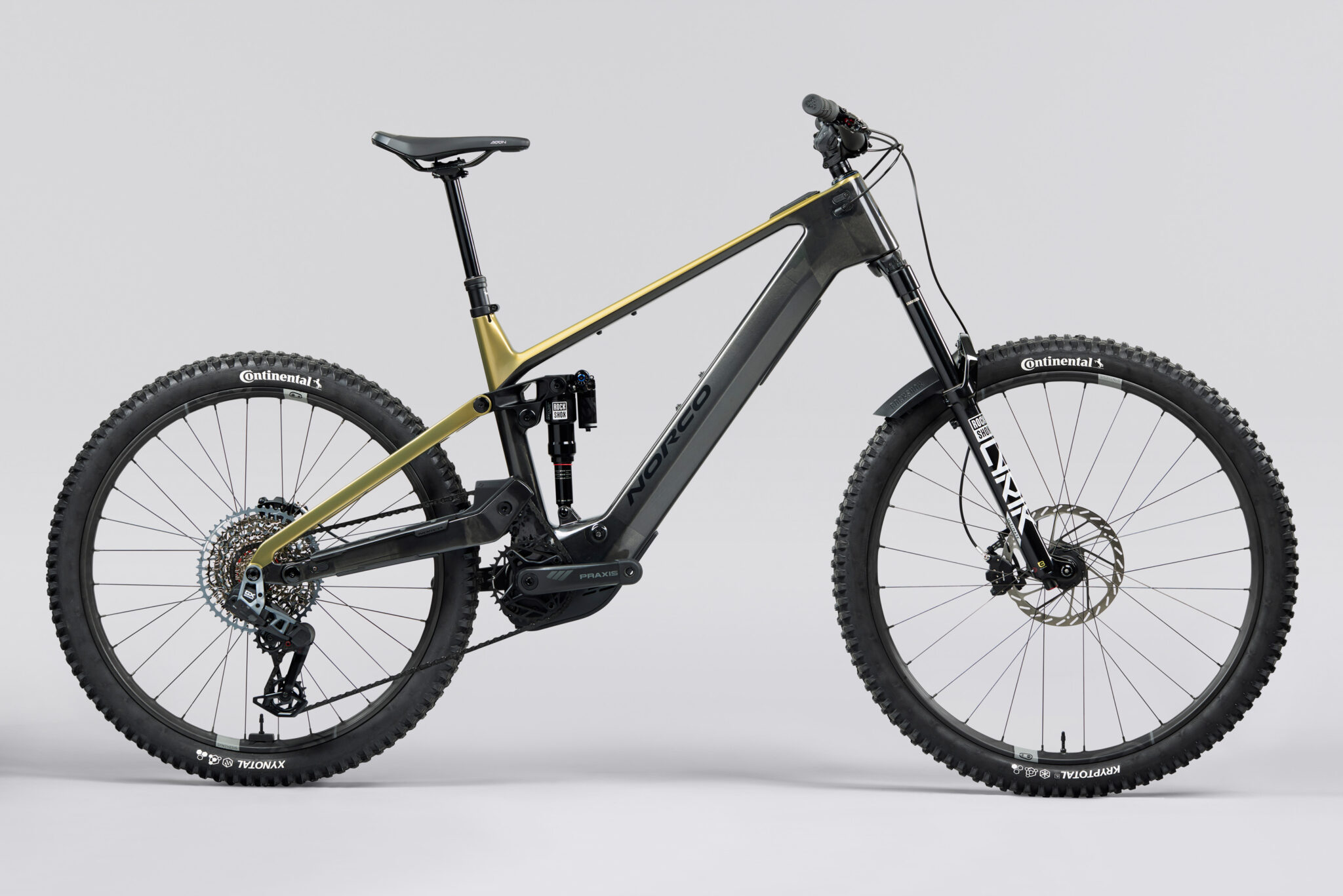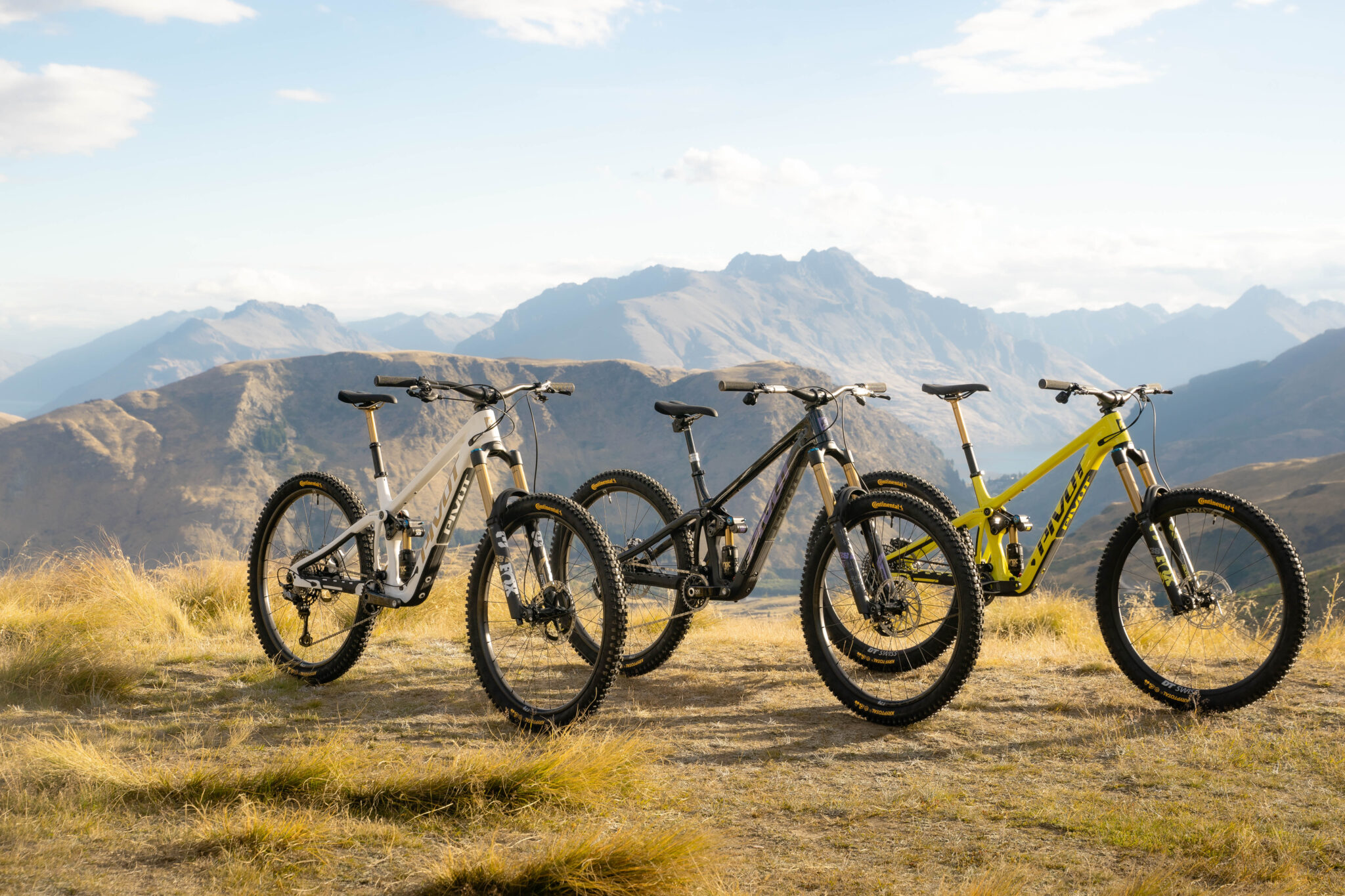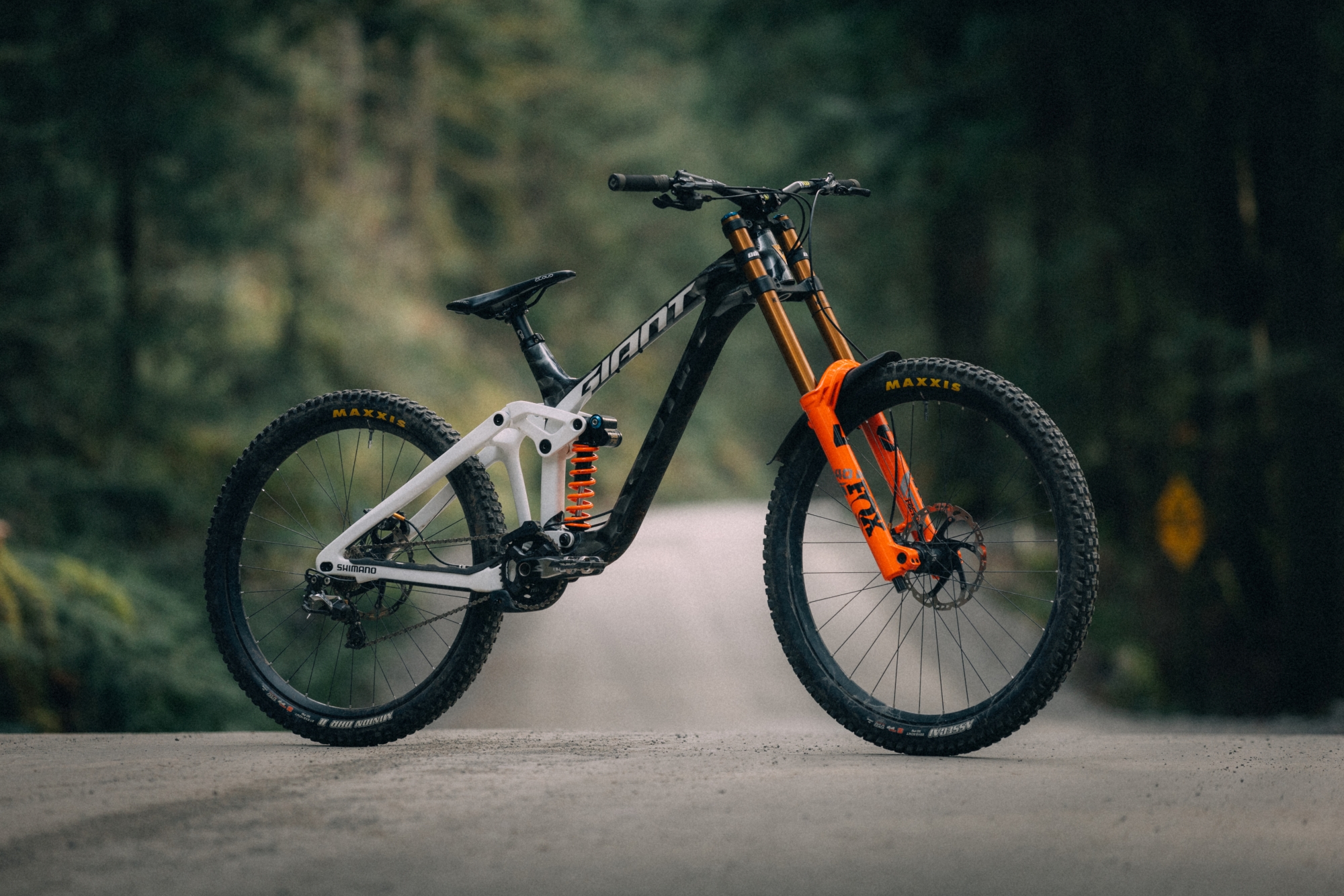Ride Nude: How to track your fitness with less gadgets
Have you thought about riding nude, by stripping the data gadgets off your bike? Here's how you can still track fitness while disconnecting.
We do tend to talk a lot of training ‘shop’ here in the fitness section of AMB. I won’t deny I love the way that technology has altered training science in the past 15 years, and how that has trickled from the lab to the dirt. For many of us though, riding our bike is a way to be healthier and fitter, and ensure maximum fun on weekend shreds with our mates. But how can we still progress and push ourselves without expensive power meters, fancy cycling computers, and training management software?
In this article we will discuss the value and application of ‘lo-fi’ training and fitness measurements that don’t require online subscriptions or cost-prohibitive technology. While having the latest and greatest tools can be fun, you can still improve your fitness and skills without measuring and tracking absolutely everything. In a culture that sees some people ditch music streaming services for record players and swapping smart phones for ‘dumb’ phones, there is beauty and simplicity in paring back our lives and keeping it simple.
If you are a dedicated technophile, this article is also for you: riding ‘naked’ (without GPS watch or computers, please refrain from actual nudity!) can be incredibly liberating and worth doing on occasion.
Ride duration
At its very simplest level when you start riding your bike, a measure of increased fitness will be comfortable ride length. If you start out and you can ride with your mates for an hour, awesome! In a month or so can you ride for 90min? If you’re not a fan of wearing a watch to see how long you have been riding, you can check off the amount of trails that you have ridden if using the same network. Longer rides with comfort or more terrain covered means you’re improving your endurance capacity, which is a foundation of all cycling performance.
If you’re starting out, an hour on the trails may be more than enough. As you continue to consistently ride and push out your duration, a two or three hour ride can feel the same–or easier—than that initial hour ride. This is a great way to assess how your riding fitness is going!
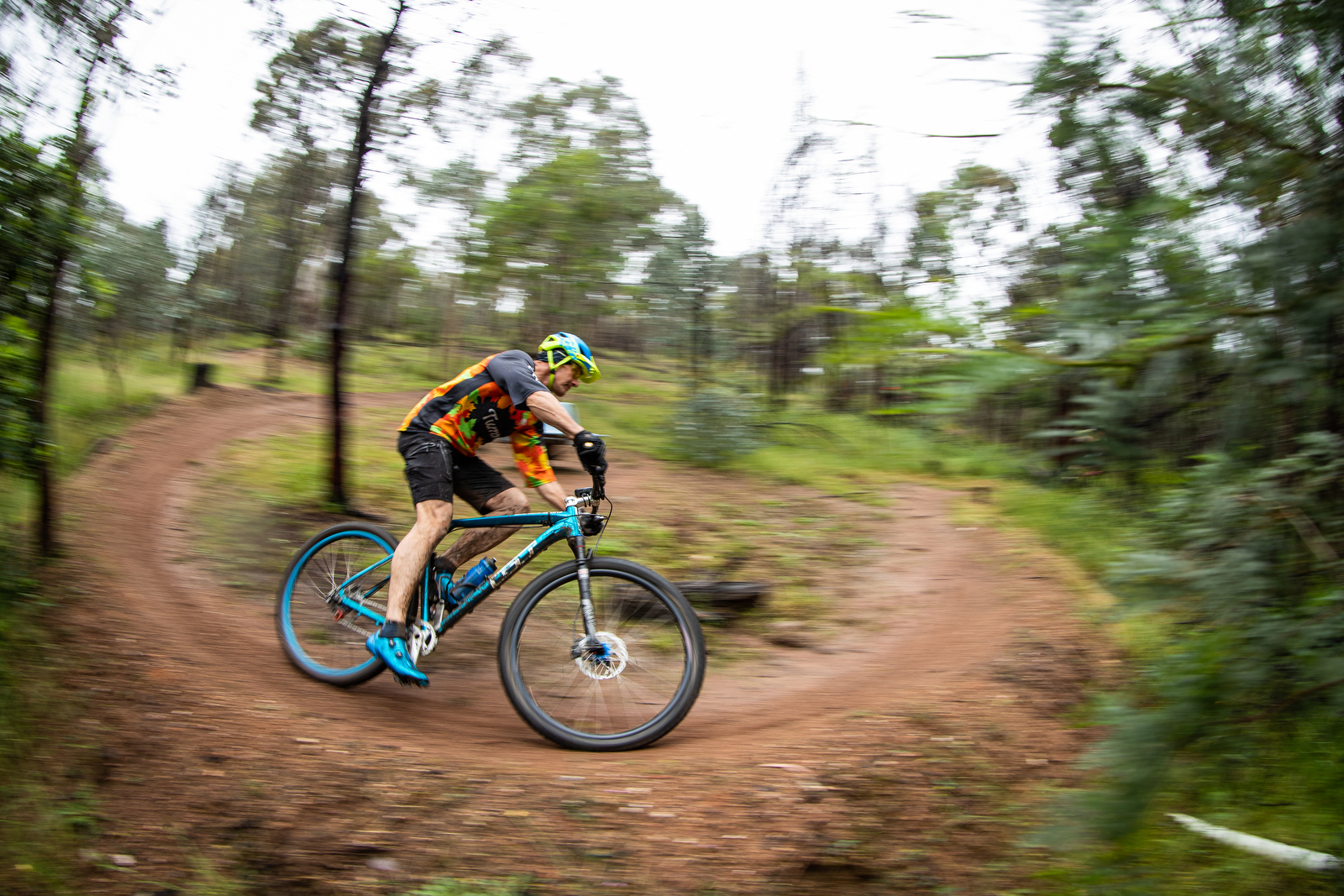
Resting Heart Rate
While brands like Whoop and smart watch technology have been hammering heart rate variability in recent years, there is nothing wrong with the old school resting heart rate (RHR) to check on your training readiness and to track long term fitness changes: after all it’s free and doesn’t require any fancy technology or software subscription.
While the average RHR for an adult ranges from 60–100 beats per minute, some athletes will have a resting as low as 40. A 5-10 beat spike in resting heart rate can indicate the body is struggling to recover or fighting illness, and could be a sign that it may be time to take a step back from training that day.
To check your resting heart rate:
-Upon waking, lie still for several minutes
-Feel for a pulse on the inner surface of your wrist, on the thumb side
-Count the beats you feel for 30 seconds, double this and you have your RHR!
A downward trend in heart rate is chronic training adaptation. If you have just started riding more regularly it’s a great idea to start tracking, but don’t expect instant change! Other benefits of checking your resting heart rate include having a good understanding of how your body is responding to training, ie: a slight rise in RHR after a hard session may mean your body needs more recovery time. Tracking RHR can also be very useful in identifying any common arrhythmias: if your heart rate shifts to being irregular at any stage it’s time to check in with the doctor.
Recovery times
The greater your fitness, the greater your tolerance of higher training load (ie: more rides per week, or longer rides) and the quicker your recovery will be. Tracking recovery is an easy way to make sure you’re getting the most out of your rides each day, and ensuring you’re not on the fast track to illness and fatigue.
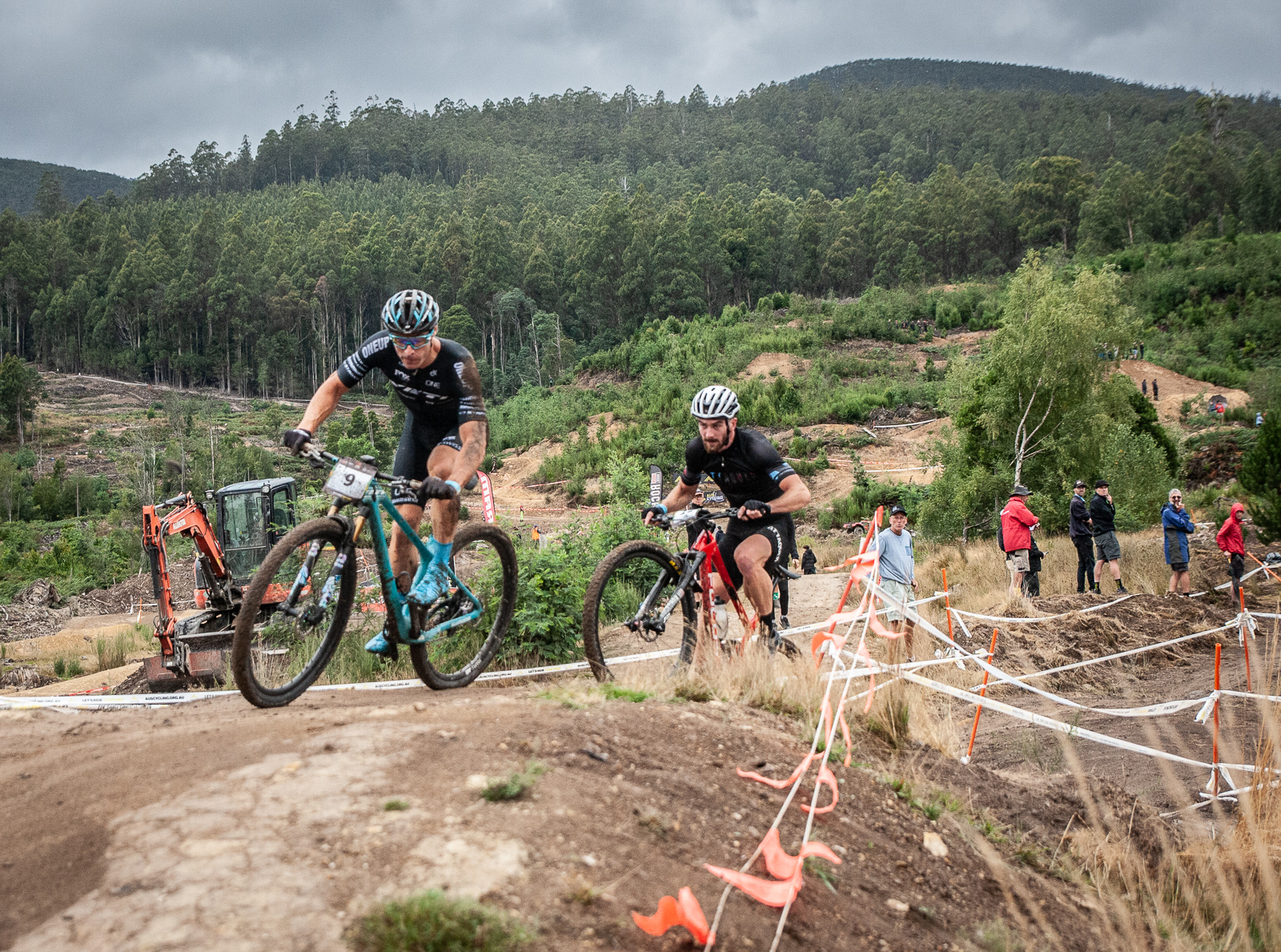
To track your recovery, you can use several metrics to get a good picture of where you’re at on each given day. Firstly, checking your RHR is a great way to check if you’re tracking along normally, or if you’re body is stressed and struggling to recover.
Daily recovery is another great way to see how your body is responding. For most of us, the weekend is the time where we can cut loose, ride for a few hours with our mates, grab a coffee and croissant and enjoy the day. The measure of recovery here isn’t the ride itself, it’s your capacity to do all the other things you need to attend to on the weekend. School sport, loads of washing, housework: how is your capacity to get all these essentials done? Are you able to feel pretty good for the rest of the day, or are you stuck to the couch? Increased energy throughout the day highlights better efficiency as a result of fitness gains. Pro tip: if energy is consistently low after your weekend rides, look at fuelling more around and within your ride.
Another final way to assess your recovery each day is a body scan. After you have checked your RHR and before you leave the house for a ride, scan through how you’re feeling from head to toes. Any tightness or discomfort can indicate the need for extra recovery, or to take it a little easier on the bike that day. Take notes of any new or ongoing tightness, especially if it’s unilateral. This could indicate an imbalance or emerging injury.
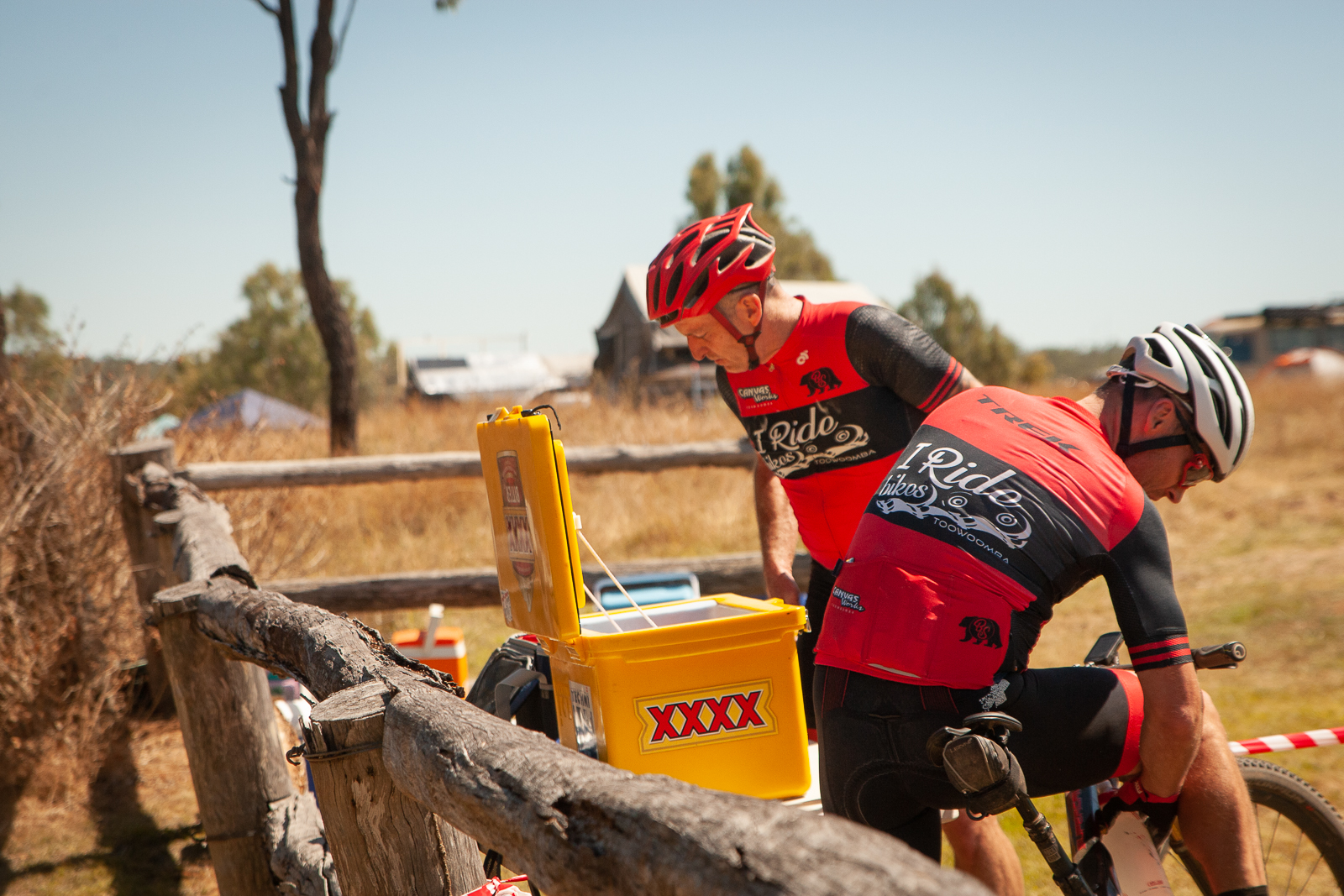
There is a difference between tightness or soreness that resolves or reduces after a warm up on the bike, and a deep feeling of ongoing muscular fatigue. If in doubt, start your ride with 20 minutes of very easy riding and check in with how the body is feeling when it’s warmed up. If deep fatigue or muscular pain remains, you may be deeply fatigued or in the prodromal (early) stages of an illness. If in doubt, keep it very easy or cut it short!
While improving our fitness does require fatiguing the body, understanding what is reasonable fatigue vs excessive fatigue/early illness will allow you to make better decisions regarding your rides, remember a ‘stitch in time saves nine’ aka, cancelling a ride when you’re deeply fatigued or getting sick can avoid a longer more protracted period of forced recovery or illness.
The talk test
The talk test is an easy way to assess how hard you’re working when you’re riding, and the best thing is it represents what’s going on physiologically in real time. We have three major intensity domains when we are exercising. These are often broken down into more discreet zones if using heart rate or power for training. Z1 is predominantly aerobic or oxidative and represents very easy riding, around 1-4/10. During riding in this zone you should be able to speak freely, sing a song, and have deep and meaningful conversations about the world. If you begin to need more frequent breaths between sentences or phrases then you have likely veered into Z2. When we up the intensity our body’s demands for oxygen and glycogen increase, and the way this presents initially is by an increased respiratory drive. When we are pushing harder, and panting or only able to get a few words out, we have crossed into the severe intensity domain or Z3.
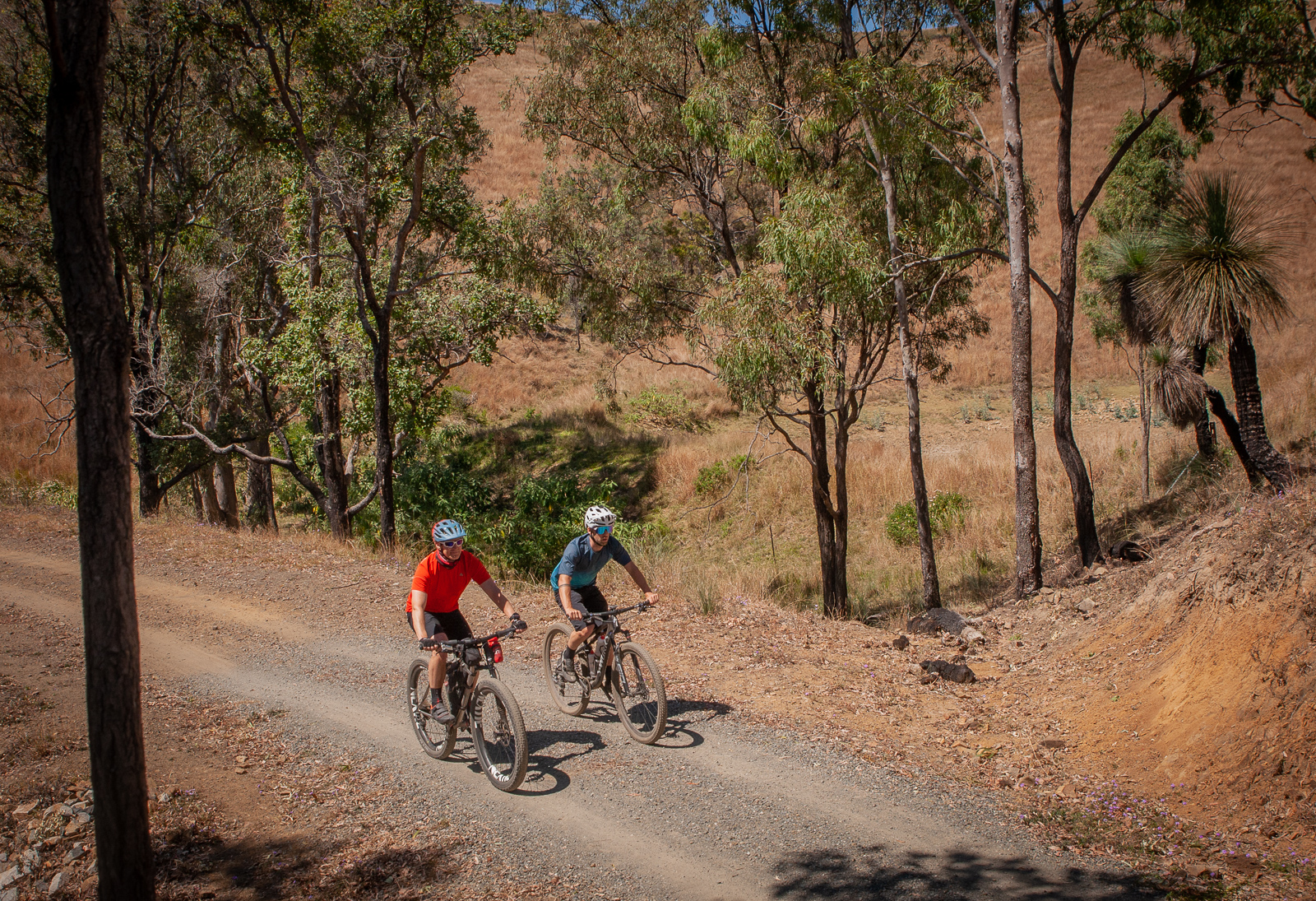
So how can we use this to see where our fitness is at? If we are riding with our mates and climbing a hill, it’s pretty likely when we first start out that we will dip into that Z3 pretty quickly. A measure of fitness is that with increased volume, we should be able to work towards climbing while able to hold a conversation. Mountain biking can be hard to consistently stay in Z1 due to the nature of the terrain we ride on, but we do want to keep most of our training in Z1 for sustainability and aerobic changes.
If we can aim for keeping that intensity low and our cadence nice and light while we are riding sustained climbs or on the flat we are working smarter, not harder, at increasing our fitness.
